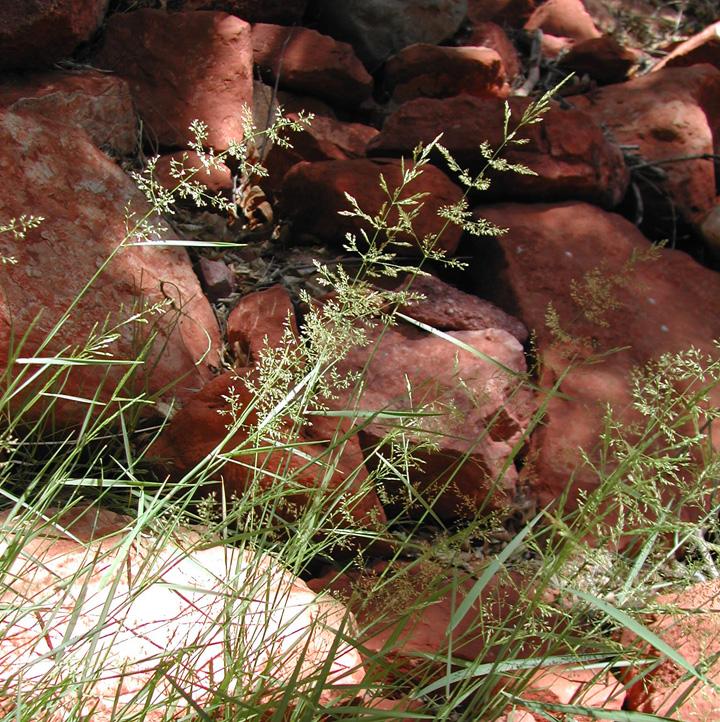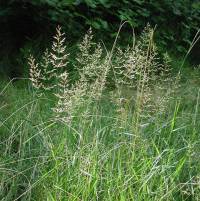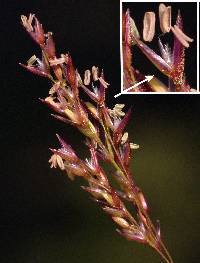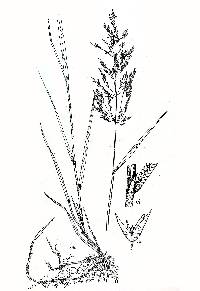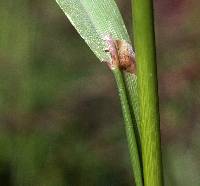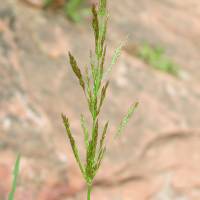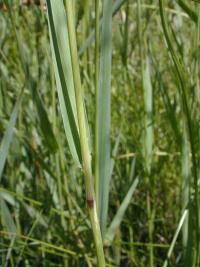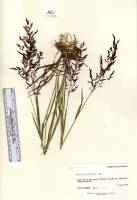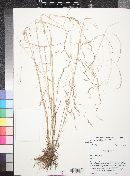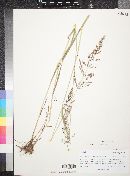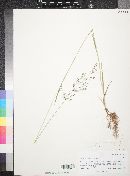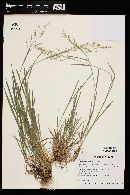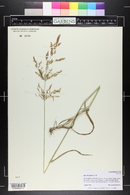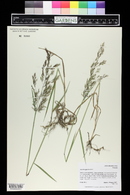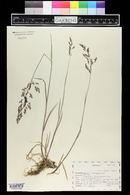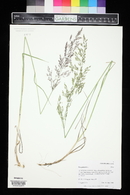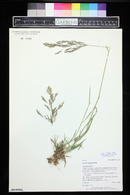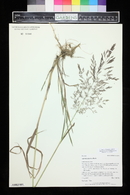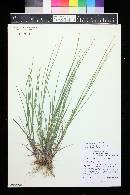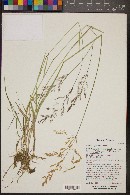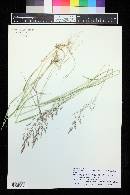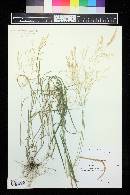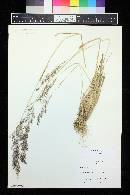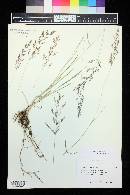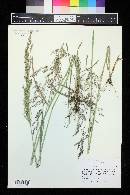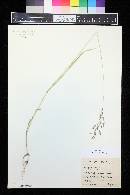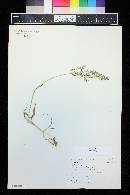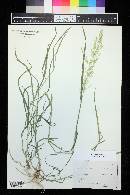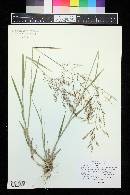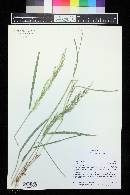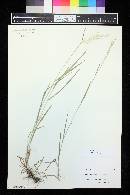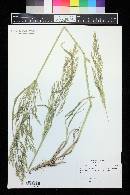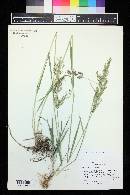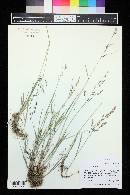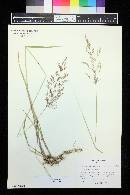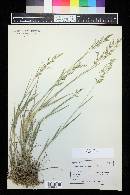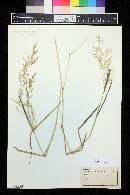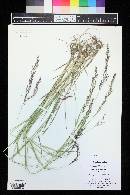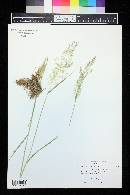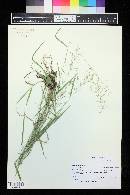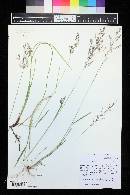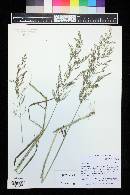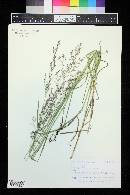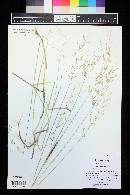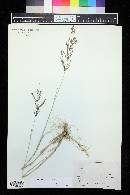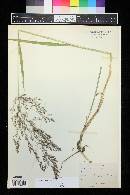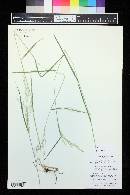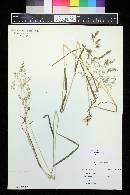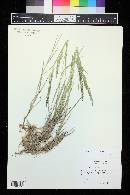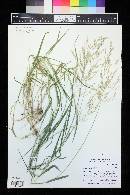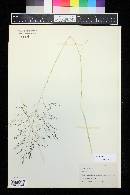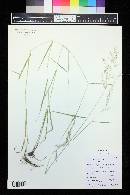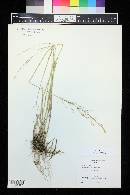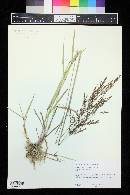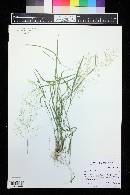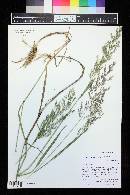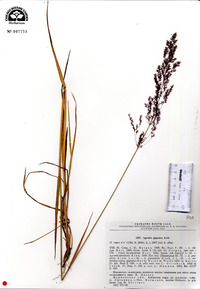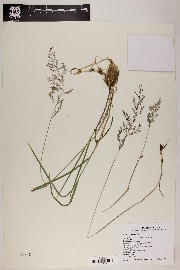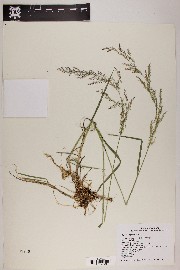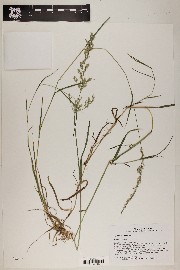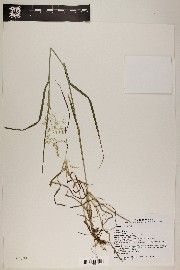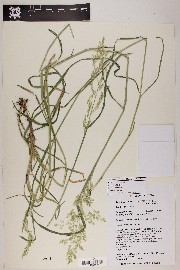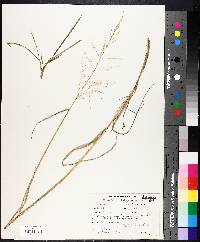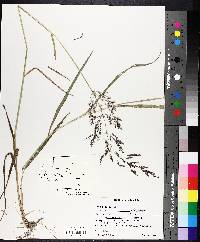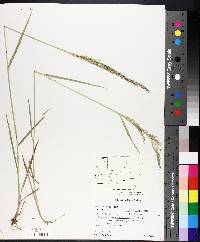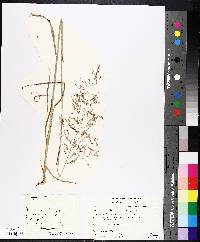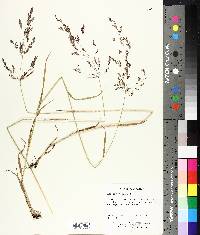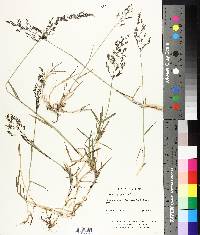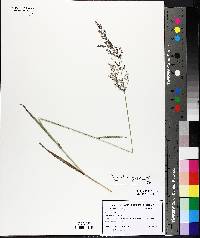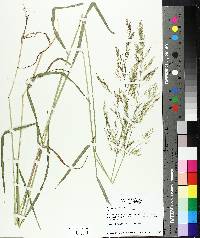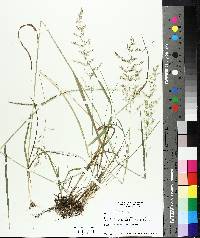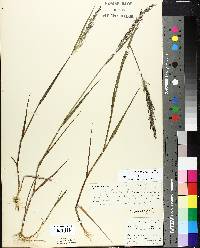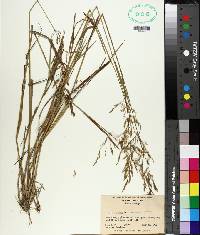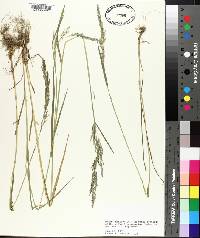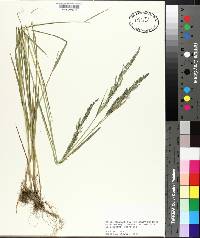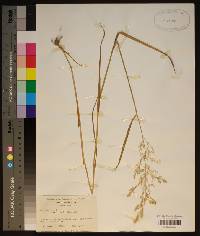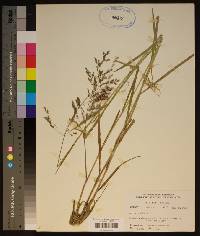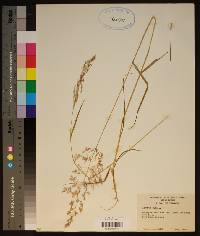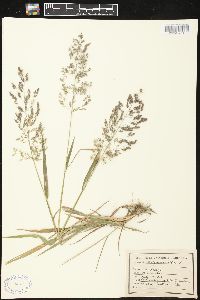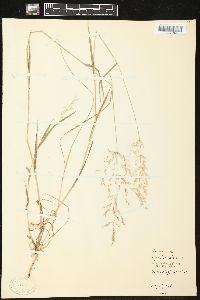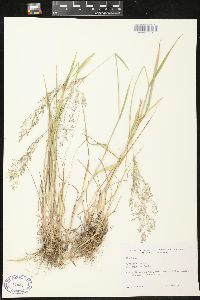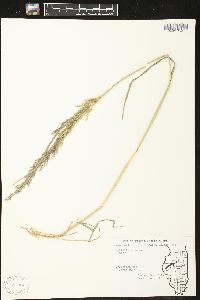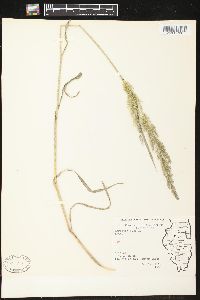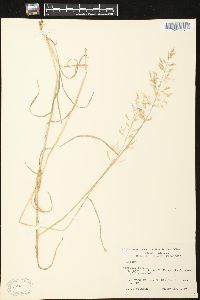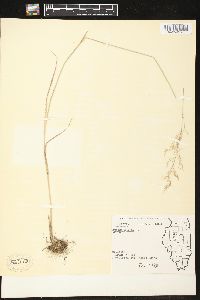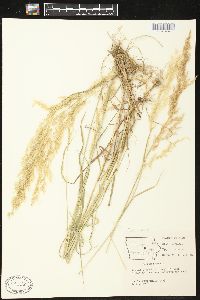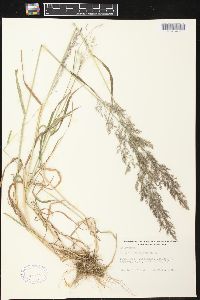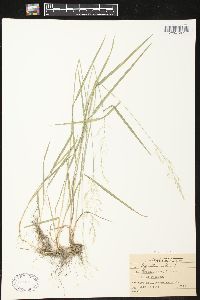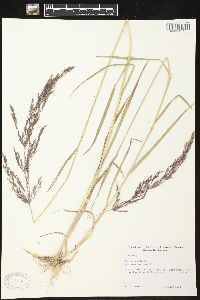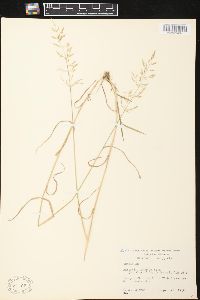Agrostis gigantea
|
|
|
|
Family: Poaceae
Black Bent, more...redtop, redtop bentgrass, water bentgrass
[Agrostis alba auct. non L., moreAgrostis alba f. aristigera (Fernald) Fernald, Agrostis alba subsp. gigantea (Roth) Arcang., Agrostis alba var. alba L., Agrostis alba var. diffusa (Host) Asch. & Graebn., Agrostis alba var. dispar (Michx.) Alph. Wood, Agrostis alba var. gigantea (Roth) G. Mey., Agrostis alba var. maior Gaudin, Agrostis alba var. vulgaris Thurb., Agrostis campestris Phil., Agrostis capillaris var. nigra (With.) Druce, Agrostis dispar Michx., Agrostis exarata var. mutica Hicken, Agrostis gigantea var. dispar (Michx.) Philipson, Agrostis gigantea var. praticola (Klokov) Tzvelev, Agrostis graniticola Klokov, Agrostis nigra With., Agrostis praticola Klokov, Agrostis sabulicola Klokov, Agrostis seminuda Knapp, Agrostis stolonifera f. diffusa (Host) Maire & Weiller, Agrostis stolonifera subsp. gigantea (Roth) Schuebl. & Martens, Agrostis stolonifera var. diffusa (Host) Neilr., Agrostis stolonifera var. flagellare Neilr., Agrostis stolonifera var. gigantea (Roth) Bréb., Agrostis stolonifera var. major (Gaudin) Farw., Agrostis tenuis var. nigra (With.) Druce, Agrostis virletii E. Fourn., Agrostis vulgaris var. nigra (With.) Hook. f., Cinna karataviensis N. Pavl., Vilfa dispar (Michx.) P. Beauv., Vilfa divaricata , Vilfa gigantea , Vilfa nigra (With.) Gray] |
Dr. David Bogler, USDA NRCS PLANTS Database Perennials, Terrestrial, not aquatic, Rhizomes present, Rhizome elongate, creeping, stems distant, Stems nodes swollen or brittle, Stems erect or ascending, Stems geniculate, decumbent, or lax, sometimes rooting at nodes, Stems caespitose, tufted, or clustered, Stems terete, round in cross section, or polygonal, Stem internodes hollow, Stems with inflorescence less than 1 m tall, Stems with inflorescence 1-2 m tall, Stems, culms, or scapes exceeding basal leaves, Leaves mostly basal, below middle of stem, Leaves conspicuously 2-ranked, distichous, Leaves sheathing at base, Leaf sheath mostly open, or loose, Leaf sheath smooth, glabrous, Leaf sheath and blade differentiated, Leaf blades linear, Leaf blades 2-10 mm wide, Leaf blades mostly flat, Leaf blade margins folded, involute, or conduplicate, Leaf blades mostly glabrous, Ligule present, Ligule an unfringed eciliate membrane, Inflorescence terminal, Infloresce nce an open panicle, openly paniculate, branches spreading, Inflorescence solitary, with 1 spike, fascicle, glomerule, head, or cluster per stem or culm, Inflorescence branches more than 10 to numerous, Lower panicle branches whorled, Flowers bisexual, Spikelets laterally compressed, Spikelet less than 3 mm wide, Spikelets with 1 fertile floret, Spikelets solitary at rachis nodes, Spikelets all alike and fertille, Spikelets bisexual, Spikelets disarticulating above the glumes, glumes persistent, Spikelets disarticulating beneath or between the florets, Rachilla or pedicel glabrous, Glumes present, empty bracts, Glumes 2 clearly present, Glumes equal or subequal, Glumes equal to or longer than adjacent lemma, Glume equal to or longer than spikelet, Glumes 1 nerved, Lemmas thin, chartaceous, hyaline, cartilaginous, or membranous, Lemma 3 nerved, Lemma 5-7 nerved, Lemma glabrous, Lemma apex truncate, rounded, or obtuse, Lemma awnless, Lemma margins thin, lying flat, Lemma strai ght, Palea present, well developed, Palea membranous, hyaline, Palea shorter than lemma, Palea 2 nerved or 2 keeled, Stamens 3, Styles 2-fid, deeply 2-branched, Stigmas 2, Fruit - caryopsis, Caryopsis ellipsoid, longitudinally grooved, hilum long-linear.
FNA 2007, USDA FEIS, Heil et al. 2013, Tilley et al 2010. Common Name: redtop Duration: Perennial Nativity: Non-Native Lifeform: Graminoid General: Introduced perennial grass with rhizomes to 25 cm, erect stems 20-120 cm, sometimes geniculate at base, sometimes rooting at lower nodes, 4-7 nodes per culm. Vegetative: Leaves mostly cauline, sheaths smooth or sparsely minutely roughened, ligules longer than wide, dorsal surfaces usually scabrous, sometimes smooth, apices rounded to truncate, basal ligules 1-4.5 mm, upper ligules 2-7 mm; blades 4-10 cm long, 3-8 mm wide, Inflorescence: Panicles 8-25 cm long, less than half length of stem, 3-15 cm wide, erect open, ovate, lowest node with 3-8 branches; branches scabrous, spreading during and after anthesis, lower branches 4-9 cm, usually with many shorter secondary branches, resulting in crowding of spikelets; on pedicels 0.5-3.5 mm; spikelets narrowly ovate to lanceolate, green and slightly to strongly suffused with purple; glumes subequal, 1.5-3 mm, lanceolate, 1-veined, acute to apiculate, lower glumes scabrous on distal half of midvein, upper scabriculous on distal half of midvein; sparse callus hairs to 0.5 mm; lemmas 1.5-2.5 mm, 3-5 veined, veins obscure, usually unawned, but when awned, 0.5-1.5 mm straight awn. Ecology: Widespread and considered a serious weed, growing in fields, roads, ditches, other disturbed habitats. In the Southwest it grows above 5,000 ft (1524 m); flowers June to October. Distribution: Native to Europe and north Africa; naturalized throughout the US and Canada. Notes: Often confused with A. stolonifera, and sometimes treated as a variety of that species. A. gigantea has a panicle which remains open, while A. stolonifera-s panicle contracts after anthesis. Additionally, A. stolonifera has elongated leafy stolons which root at the nodes, and occasionally has short rhizomes. A. gigantea has no stolons but does have well-developed rhizomes. Can look like each other without inflorescences, so pay attention to the plant being rhizomatous or stoloniferous. A. gigantea is a preferred nesting habitat for prairie chickens, as their native prairie is now so scarce. The species was a commonly grown pasture grass throughout the US before 1940, and the NRCS continues to recommend its use for erosion control and as a pasture and turf grass. Ethnobotany: Unknown Etymology: Agrostis is from the Latin and Greek names for a type of grass, from Greek agron or agros, field or pasture, while gigantea means gigantic. Synonyms: Agrostis alba, Agrostis gigantea var. dispara, Agrostis nigra, Agrostis stolonifera subsp. gigantea, Agrostis stolonifera var. major Editor: SBuckley, 2010, AHazelton 2015 Rhizomatous and sod-forming, to 10 or even 15 dm, not stoloniferous; larger (upper) ligules mostly 2.5-6 mm, higher than wide; lvs 3-8 mm wide; panicle 10-20 cm, notably suffused with purplish-red, at anthesis triangular-ovoid, with widely spreading, unequal branches, sometimes later more contracted; at least some of the panicle-branches floriferous to the base; panicle- branches and often even the pedicels scabrous; spikelets rather crowded, 2-3.5 mm; glumes scabrous along the keel; lemma two-thirds as long as the glumes, distally scabrous, awnless or seldom with a short dorsal awn; callus minutely bearded; palea half to two-thirds as long as the lemma; anthers 0.8-1.5 mm; 2n=42. Native of Europe, cult. and escaped into moist meadows, shores, coastal marshes, and other moist places throughout most of the U.S. and s. Can. (A. alba, misapplied; A. stolonifera var. major) Gleason, Henry A. & Cronquist, Arthur J. 1991. Manual of vascular plants of northeastern United States and adjacent Canada. lxxv + 910 pp. ©The New York Botanical Garden. All rights reserved. Used by permission. From Flora of Indiana (1940) by Charles C. Deam This species has been commonly sown as a pasture and hay grass in all parts of the state, especially in the southern part. It has abundantly escaped everywhere and is found along roadsides and railroads and in fallow fields, pastures, and waste places. Besides the commercial redtop, seed of other species of the bentgrasses have been imported and sown in lawns and on golf courses. Several strains of each species have been developed and some European authors credit one species with 15 varieties and subvarieties. The species are separated with difficulty and the task is complicated by the addition of the many cultivated forms. ...... Indiana Coefficient of Conservatism: C = null, non-native Wetland Indicator Status: FACW Diagnostic Traits: Rhizomatous; leaves to 8 mm wide, flat; ligules >2.5 mm; panicles open, often reddish; spikelets 1-flowered, to 3.5 mm long; glumes equal, persisting after falling of floret; lemmas awnless, 5-nerved; palea present. Deam (1929): Naturalized from Europe. Cultivated as a forage crop and now escaped in all parts of the U.S. It reaches its optimum in moist or wet minimacid soils. The fact that it would thrive on more or less acid soils led to its use as a forage crop on worn-out fields. Its dense underground root-stock system makes it a good soil binder. This has led to its use to prevent the washing of slopes and ravines. As an escape it is found in almost all kinds of situations, but in greater abundance in wet marshy places. |
|
|
|

